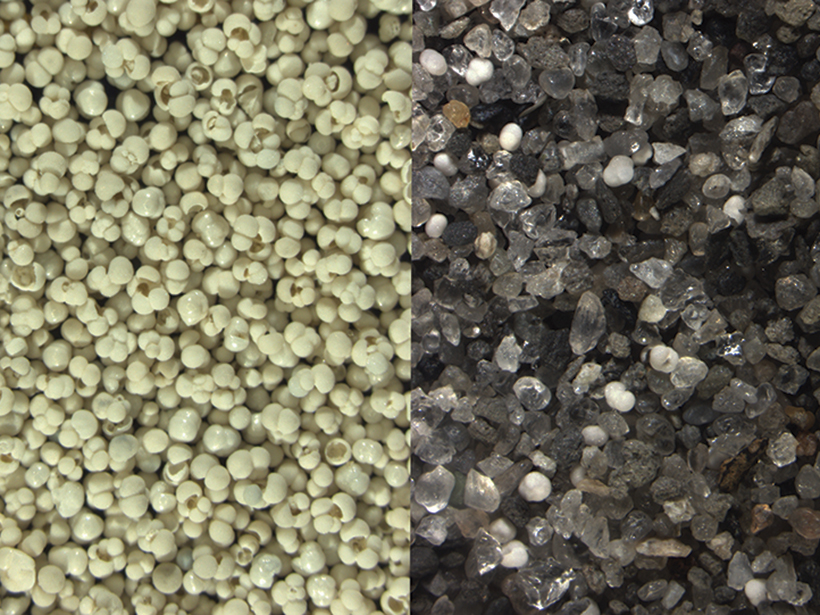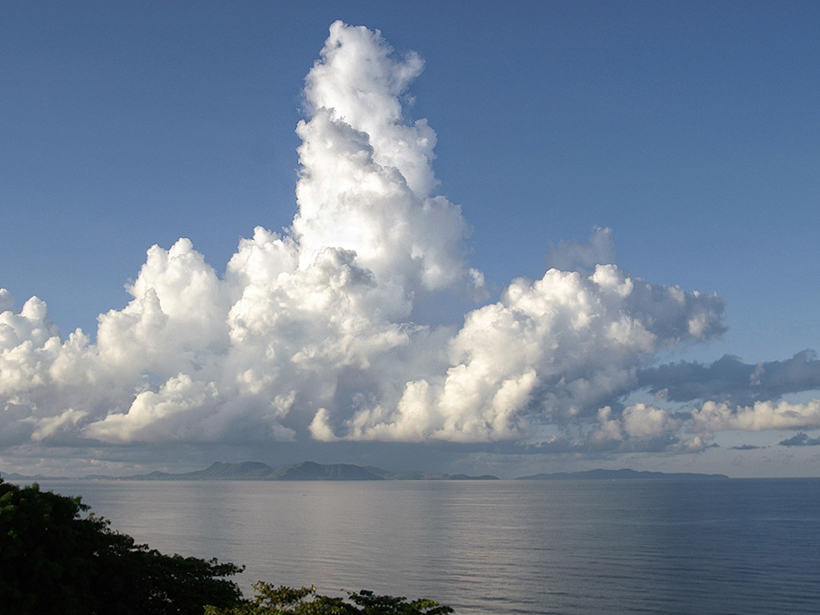Past ocean surface conditions suggest that over the past 800,000 years, atmospheric carbon dioxide levels typically rose on millennial timescales when Atlantic overturning was weaker and vice versa.
David Shultz
Charging Thunderclouds Affect Ionospheric Conductivity
As thunderstorm updrafts strengthen, electrification of clouds can heat the lower ionosphere, explaining prolonged disturbances to radio waves in the rarefied atmospheric layer.
One Step Closer to a Milestone in Climate Modeling
A pair of revisions to the Energy Exascale Earth System Model improves its ability to capture late afternoon and nocturnal rainfall as well as the timing and movement of convection.
The Ups and Downs of Rainfall in Chad Since 1950
A new study finds that rainfall rates are recovering in some cities since a 1966–1990 dry spell, but precipitation is still down overall since 1950.
The When and Where of Mesospheric Bores Revealed
In a new study, the enigmatic gravity waves were seen most frequently at equatorial latitudes and propagating from the winter to the summer hemisphere.
Extreme Precipitation Expected to Increase with Warming Planet
A new analysis indicates that the frequency and magnitude of extreme precipitation events are expected to increase as Earth continues to warm.
The Effect of Coral Bleaching Events in the Great Barrier Reef
A new study using seawater chemistry compares the status of the iconic reef before and after a bleaching event.
Did a Volcanic Eruption in 1783 Change the Climate in Europe?
A new model of the Laki eruption in Iceland suggests that normal climate variability was to blame for the anomalously warm summer.
New Global Analysis Reveals Amount of Sediment on the Ocean Floor
Researchers calculate that there are ~3.37 × 108 cubic kilometers of sediment on the world’s ocean floor.
New Antenna Design Could Improve Satellite Communications
A novel antenna design promises to improve bandwidth and allow for better communication between Earth stations and satellites.










